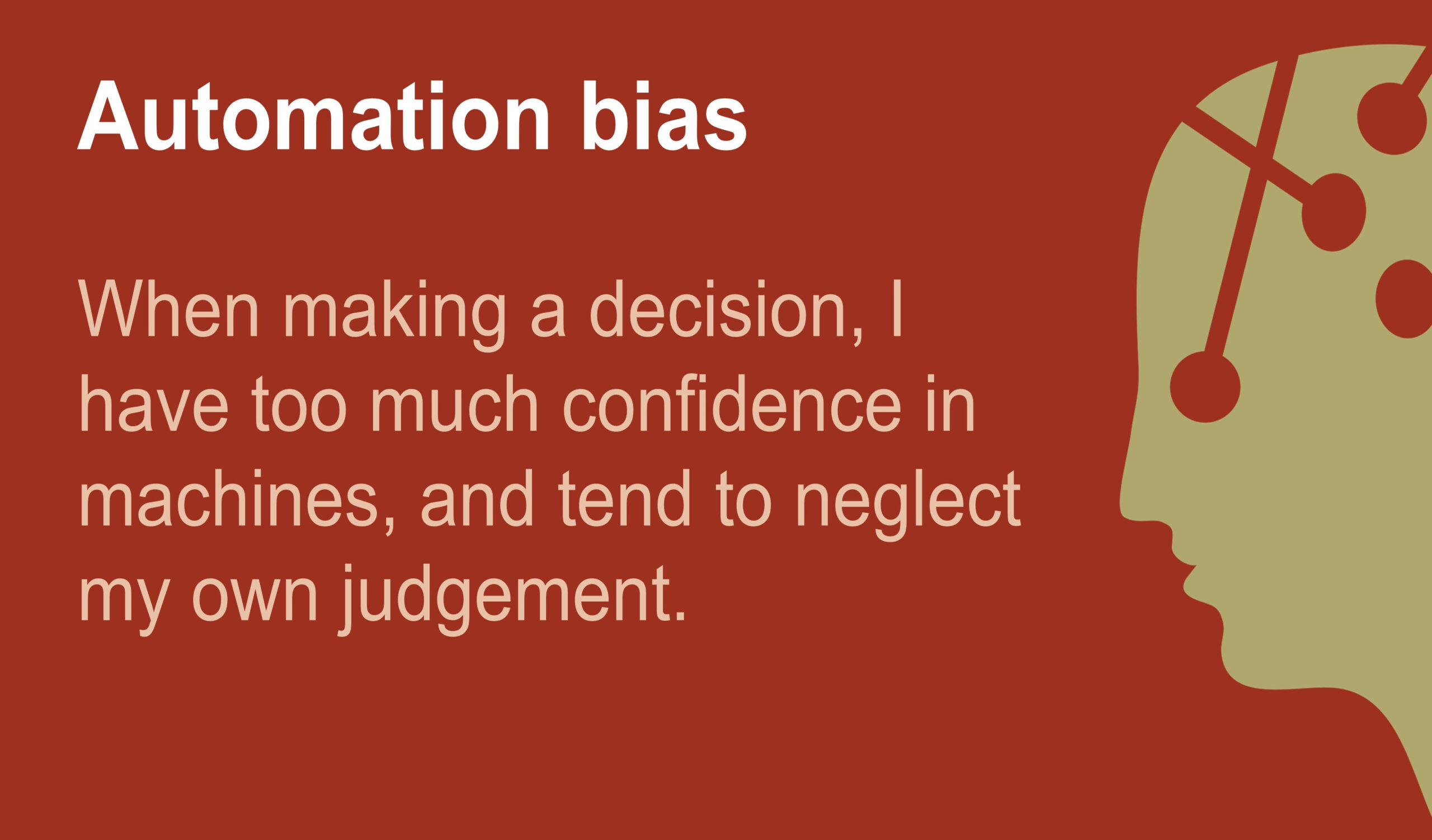As technology continues to advance, automation is becoming a central component of various industries, from healthcare to finance. While automation offers numerous benefits, it can also introduce cognitive biases, particularly the automation bias. In this article, we will delve into automation bias, explaining its concept, providing examples, and offering practical solutions to mitigate its effects.
Understanding Automation Bias
Automation bias is a cognitive bias in which individuals exhibit a propensity to favor information and recommendations provided by automated systems or technology over human judgment, even when the human judgment is more accurate or relevant. This bias arises from the inherent trust people place in automated systems and their often unwarranted assumption of infallibility.
Explanations
Trust in Technology: Automation bias is rooted in the trust individuals have in the capabilities and reliability of automated systems. They often assume that machines and algorithms are less prone to errors or biases than humans.
Cognitive Load: Automation can reduce cognitive load by handling complex tasks, making individuals more reliant on automated recommendations, which they may accept uncritically.
Confirmation Bias: People may selectively seek and accept information from automated systems that align with their pre-existing beliefs, further reinforcing automation bias.
Examples
Healthcare: In the medical field, doctors and nurses may rely heavily on automated diagnostic tools or systems, sometimes overlooking their own clinical judgment, leading to incorrect diagnoses.
Finance: Investment professionals might rely on automated trading algorithms without critically analyzing their recommendations, even in the face of market volatility.
Aviation: Pilots who place excessive trust in automated flight control systems may fail to react appropriately in emergency situations, believing that automation is always right.
Solutions
Human Oversight: Implement human oversight and critical review of automated systems and recommendations to ensure that they align with human expertise and judgment.
Training and Education: Educate individuals on the limitations and potential biases of automated systems, encouraging them to maintain a skeptical and inquisitive mindset.
Confirmation Bias Awareness: Encourage individuals to be aware of their own confirmation biases and actively seek out alternative perspectives, including those that may contradict automated recommendations.
Redundancy: Employ redundancy in critical decision-making processes, ensuring that automated recommendations are cross-verified by human experts.
Conclusion
Automation bias is a cognitive bias that underscores the significant impact of technology on decision-making processes in various fields. While automation offers efficiency and accuracy, it can also introduce complacency and a misplaced trust in technology. By promoting human oversight, training and education, confirmation bias awareness, and redundancy, organizations and individuals can strike a balance between the benefits of automation and the need for critical human judgment.
